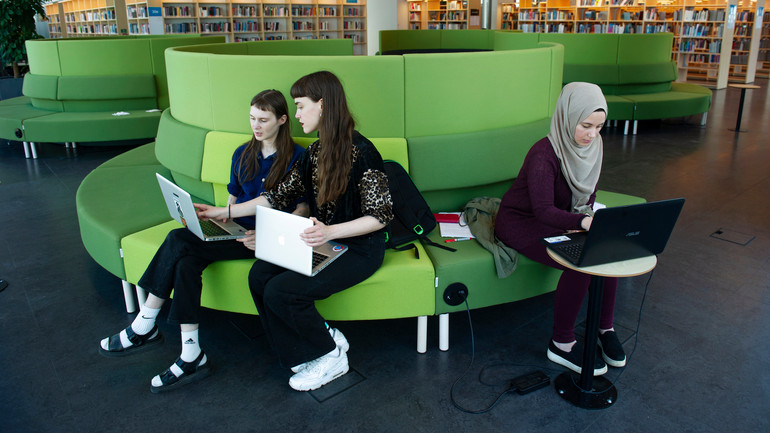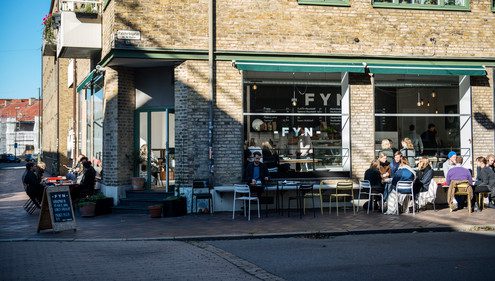
Online learning platforms are quite common nowadays in higher education (for an overview of the challenges, opportunities, and marketization of online higher education at a global scale, see Laurillard and Kennedy, (2017) and Williamson (2021)). At Malmö University the learning management system that we use is Canvas. After reading about blended learning approaches—the mix of face-to-face and digital interactions— I began to think that, until now, I have been using Canvas as an after-thought in the courses where I teach. Canvas is a tool I use to upload course literature, download the assignments that students submit, and easily e-mail course participants. However, I had never thought about it as an actual platform. One of the reasons could be that, as an early-career researcher, I have not had the opportunity to design a course from scratch and, instead, have simply contributed to designing modules following the template established by the course coordinator or have come in as a guest lecturer. Nevertheless, this does not erase the fact that, from a pedagogical perspective, I have not been getting the most out of online learning platforms.
According to the work of Vaughan et al. (2013), the point of blended learning is to improve student engagement through the use of “purposeful online learning activities.” In other words, our “face-to-face synchronous communication” is enhanced by “text-based online asynchronous communication” (ibid). The mix of on-site and on-line does not work unless there is an “organic integration” where online tools are “thoughtfully selected” in order to meet the aims of the course by creating an environment where higher-order thinking is encouraged and students have the opportunity to approach their learning in a meaningful way. Vaughan et al. (2013: 9, my emphasis) are quite clear about the need to carefully select online components,
The key is to avoid, at all costs, simply layering on activities and responsibilities until the course is totally unmanageable and students do not have the time to reflect on meaning and engage in discourse for shared understanding.
Expressed in a different way: blended learning is not only about relying on online platforms, but about using them purposefully. Here I began to think about Gilly Salmon’s work on The Five Stage Model for e-moderating and supporting online learning experiences. She makes an emphasis that teachers should see themselves as “designers” who put together a learning journey that is centered on steps that build up a student’s expertise, independence, satisfaction, sense of responsibility (to themselves and the group), and metacognition. This, of course, follows the tenets of constructivist learning theory and is a strong reminder that we cannot forget about constructive alignment even when relying on blended learning approaches.
References
- Laurillard D and Kennedy E (2017) The potential of MOOCs for learning at scale in the Global South. Centre for Global Higher Education working paper series. Centre for Global Higher Education working paper series. London. Available at: https://www.researchcghe.org/perch/resources/publications/wp31.pdf.
- Vaughan ND, Cleveland-Innes M and Garrison DR (2013) Teaching in Blended Learning Environments. Creating and Sustaining Communities of Inquiry. Edmonton: AU Press, Athabasca University. DOI: 10.5771/9783748909675-15.
- Williamson B (2021) Making markets through digital platforms: Pearson, edu-business, and the (e)valuation of higher education. Critical Studies in Education 62(1). Routledge: 50–66. DOI: 10.1080/17508487.2020.1737556.
